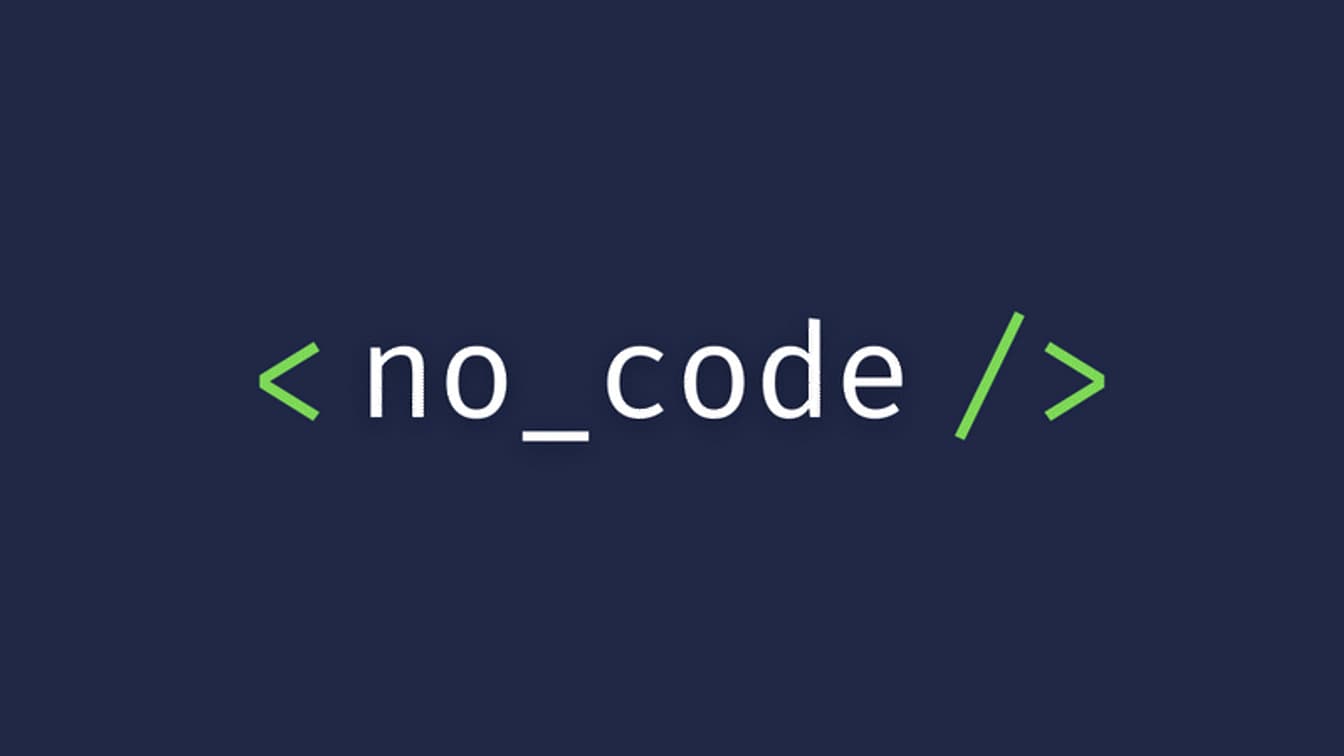
Tech Corner December 3, 2021
The Low-Code/No-Code Advantage

It’s impossible to run a successful business without the use of technology. In this digital day and age, small businesses and global enterprises alike rely on the use of software applications to support operations, connect with customers, and drive innovation. These tailored, business-critical systems are traditionally delivered by an external vendor or require a heavy lift from internal developers to ensure the final product matches the business need.
However, this reliance 3rd party and developer resources can also stifle business success. Conflicting projects and priorities paired with a lack of budget and resources can quickly turn a support tool into a source of frustration. But it doesn’t have to be this way.
It’s time to evolve
Enter a new category of low-code/no-code (LCNC) solutions. These new tools allow people to configure applications by writing very few lines of code—or none at all. This means that professional developers can build applications much faster, and non-technical users without any programming experience can shape applications without involving IT.
Low-code/no-code platforms have dramatically grown in popularity over the last few years. The global LCNC market achieved almost $13 billion in revenue in 2020 and is expected to reach $65 billion by 2027. Although much of this growth is happening in the small and mid-sized business (SMB) segment, larger enterprises are exploring LCNC platforms as well.
One major reason for this enthusiasm is the fact that there is a current dearth of experienced developers. Equally important, though, is that businesses are under a lot of pressure to be agile and to move swiftly in reaction to market shakeups. IT is notorious for its long backlog queue and delayed wait times for requests. Business departments are seizing upon these tools as ways to get what they need much faster.
What’s the difference between low-code and no-code?
Although they offer similar benefits, as their names imply, the main difference between the two systems is how much programming knowledge the user possesses.
Low-code platforms, although requiring far less coding than traditional application development languages, still assume that users have some programming knowledge. They’re therefore targeted toward professional programmers who want to accelerate the “busy work” required in most development projects to get to the more difficult, complex coding that will require their full attention.
No-code platforms, on the other hand, are truly for programming neophytes. They possess much more pre-built functionality that can be joined together via drag-and-drop, point-and-click, or pull-down options. Most low-code platforms have some no-code functionality embedded in them.
Different LCNC platforms for different functions
Although some LCNC platforms are flexible enough to build a broad range of applications, many of them—particularly the no-code platforms—specifically address a particular industry or line-of-business challenge or function.
Today, there is a growing number of LCNC platforms available to help with virtually every facet of the business by enabling and simplifying everything from acquiring new customers to automating back-end processes like accounts receivable or accounts payable.
For example, Alkymi is an LCNC solution built to help business users automate the collection, centralization, extraction, and normalization of critical data from the growing number of data sources needed to effectively run their operations. ServiceNow offers a solution primarily targeted at IT service management and Salesforce at customer relationship management (CRM) functions. Shopify is for e-commerce. Other LCNC platforms specialize in building chatbots, creating websites, or developing mobile apps.
What all these have in common: they make building new applications and enabling digital transformation a matter of pointing and clicking rather than recruiting and wooing—and paying top dollar for—experienced developers.
Benefits of using LCNC
When process owners take the driver’s seat to manage their own applications, businesses are able to unlock a completely new level of efficiency and agility. With Alkymi’s no-code intelligent document processing and workflow automation products, leading banking, financial services, and insurance (BFSI) customers disprove the current thinking that workflows containing complex, unstructured documents can’t be automated. They are accelerating their data processing by up to 98%, reducing costly errors, and increasing revenue by automating everything from 1099s and capital calls and quarterly reports to identity verification documents and more.
Client onboarding agents, business analysts, or anyone looking to alleviate manual data processing pains can try Alkymi’s no-code solution for free.
More from the blog
Alkymi at the SimCorp Global Summit 2025
by Maria OrlovaHighlights from Alkymi at the SimCorp Global Summit 2025
Alkymi Wins A-Team Innovation Award 2025
by Harald ColletAlkymi wins Most Innovative Unstructured Data Management Project at the A-Team Innovation Awards 2025
Human-in-the-Loop: The Essential Partnership Powering Successful AI
by Keerti HariharanDiscover why AI still needs human insight. Explore how Human-in-the-Loop (HITL) ensures accuracy, trust, and success in real-world AI workflows.





